One of the Japanese phrases that always strikes me as extremely apt is –gari, which indicates the hunting or gathering of something. It can be affixed to a variety of things that can be harvested: usagigari is rabbit-hunting, ichigogari is strawberry-picking, and so on. It seems to sum up the rather innocent point of view to food here. In English terms, hunting small animals is inherently violent. In Japanese, it is merely another sort of harvest. (I’ve several times had to justify why I don’t like eating the tiny whole fish that are often sprinkled on dishes here like bacon bits. “They’re looking at me,” I said, “Like they’re saying, ‘Don’t eat us!’” This is bizarre to the Japanese. “No, they’re saying, ‘We’re delicious, eat us! Eat us!’”)
Regardless of the etymological similiarities, however, I much prefer the fruit-and-veggies style of –gari, so when I was invited to go takenokogari – bamboo shoot gathering – I was delighted. I’d bought bamboo shoots on some of my early adventurous supermarket visits and had to do some research on how to even get it open. It’s about as accessible a vegetable as an artichoke – and oddly, has a similar texture to that exotic dish. The flavor is – it’s hard to describe. I want to say sweet, but that’s not it – the word “sweet” comes to mind because it tastes almost floral, and we’re used to things with floral overtones (tea, etc.) as being sweet. But that’s not it either – it’s the bitter edge of floral. This spring I realized exactly what it reminded me of – takenoko tastes the way azaleas smell, and coincidentally one is sprouting right at this time of year when the other is in full bloom. Though the supermarket takenoko comes with just the soft, inner part packaged, the peel of the intact shoot has a texture and a scent like a thick corn husk.
Which is all to say, takenoko (literally, child of bamboo) is a wonderfully complex and unique food that I wish I could share with all of you – but until you come and visit at that time of year, I shall have to be satisfied with a visual representation.
Ten of us set off in two cars, and as must happen on every car trip, the one in the back started putting out smoke and had to be left at a service station. We in the front car continued on, while one of the others caught a train back to get another car and pick up the others. It was a good time of year to be waiting on the side of the road, though, as everyone was taking Golden Week as an opportunity to plant their rice fields.
The grove we were to be harvesting from was on land belonging to a friend of a friend – in my research on takenoko I’d learned that one shouldn’t just dig up the shoots from the side of the road as tempting as they may be as they may also have been sprayed with chemicals.
I’d also learned that really hard-core enthusiasts believed the best shoots could only be harvested just at daybreak, as soon as they poked up from the earth. Any longer than that, and they would be too tough to be truly delectable. By the time we got the car thing sorted, reached our goal, got suited up and got digging, it was past eleven. We were not nearly so discriminating, however.
You know, I had this vague image of bamboo-shoot-hunting as being to flora what wild-boar-hunting is to fauna. It would be this dangerous adventure in the early morning light, where we would leap on the first hint of green poking out, and wrestle it to our will, risking our lives from getting gored to death by the pointy bits. I’m pretty sure that episode of “Man from U.N.C.L.E.” where someone is tortured by being strapped above a bed of growing bamboo is to blame for that bit of wild fancy. The reality, while no less exciting, was far less dangerous.
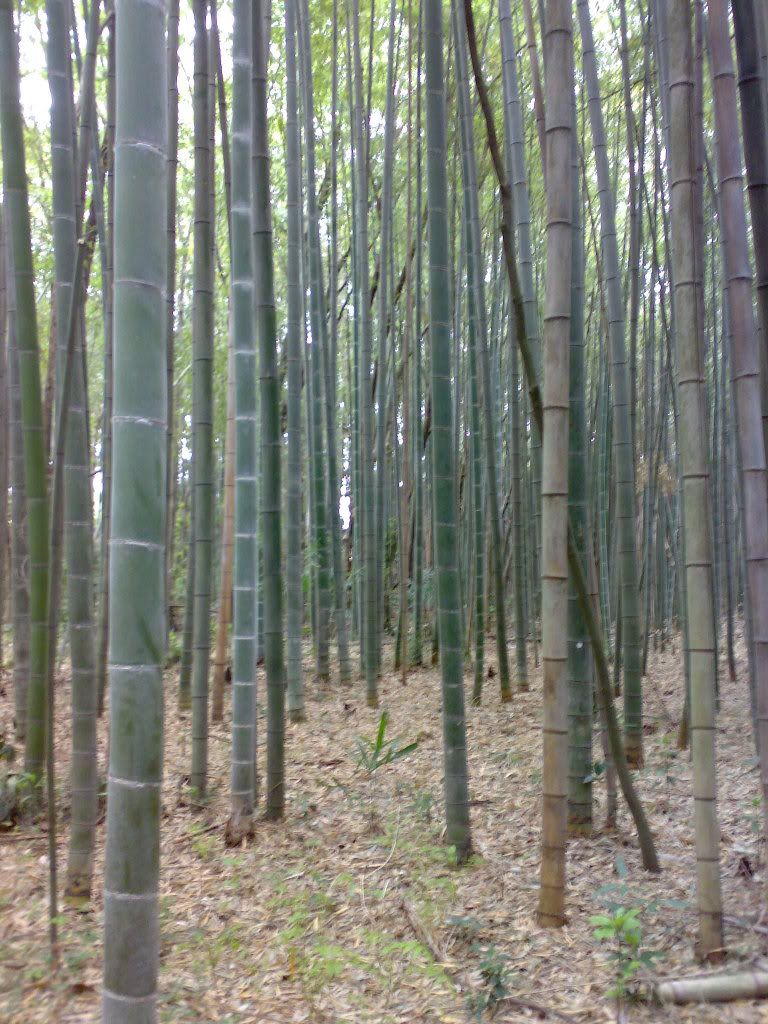
And of course, the gorgeous location was enough to make anyone calm. The grove was big enough that one could wander a ways without seeing the other members of the party. The men carried full-size shovels or a kind of heavy hoe. I was handed a child’s shovel – I’m not sure if it was a sign of their confidence in me or lack thereof, but I was glad of its size since it was a lot easier to handle. 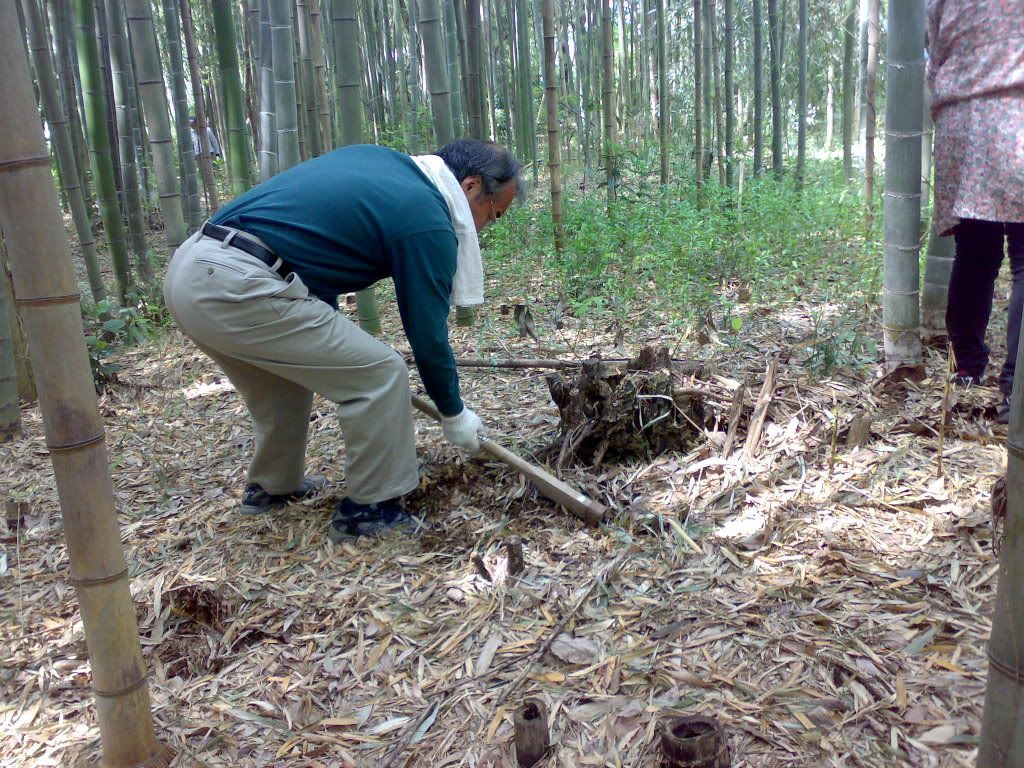 The other women didn’t do much digging, but would look at the ground with sharp eyes, and clear away the leaves to mark a place for us diggers to do our business.
The other women didn’t do much digging, but would look at the ground with sharp eyes, and clear away the leaves to mark a place for us diggers to do our business.
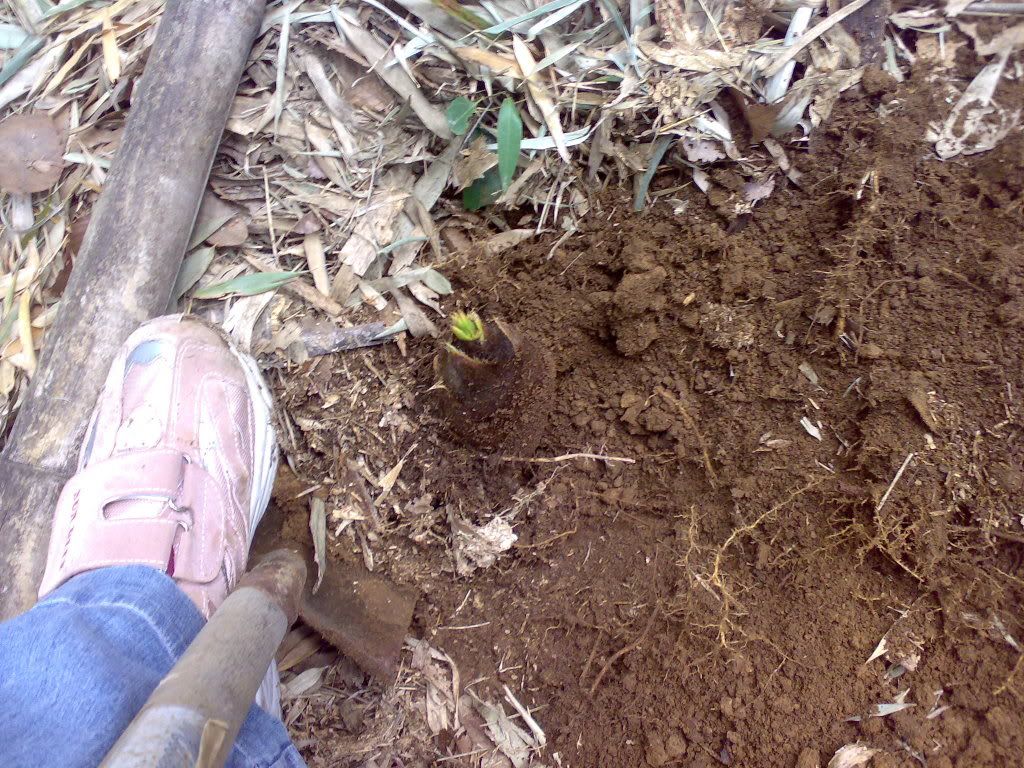
The others were operating on a “leave no prisoners” basis – I would have left the bigger of these two behind, as I figured if it was almost up to my waist it would probably be too tough to eat and had rather earned the right to keep growing. But only minutes later I saw one of the other men take it down:

Proudly displaying my kill:
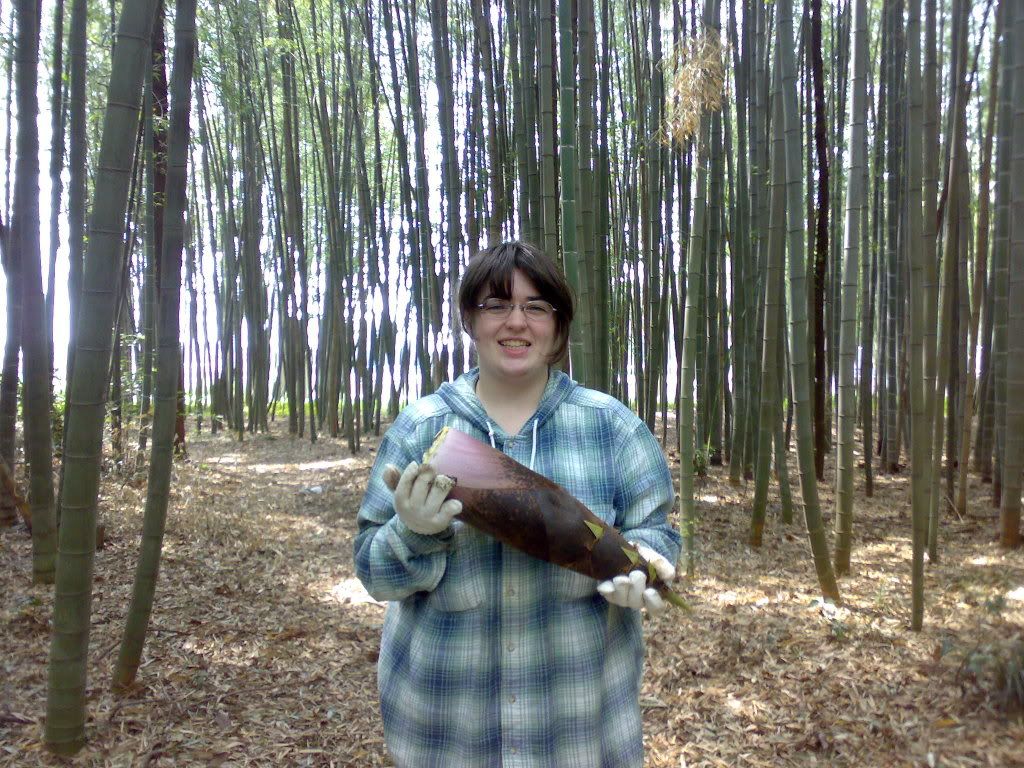
If you hacked a shoot off low enough, there were these fascinatingly pomegranate-esque growths at the base. I was told to cut these all off before eating, as they were bitter. I was rather disappointed, as it would have been interesting experimenting with them otherwise:
The grove continued across a street, so when one side was picked clean we migrated over.
It’s incredible how fast the bamboo can grow – below you can see the remains of the husk that once protected the sprout, now clinging to the base of the full-grown tree. Before it’s even rotted away the bamboo is towering above: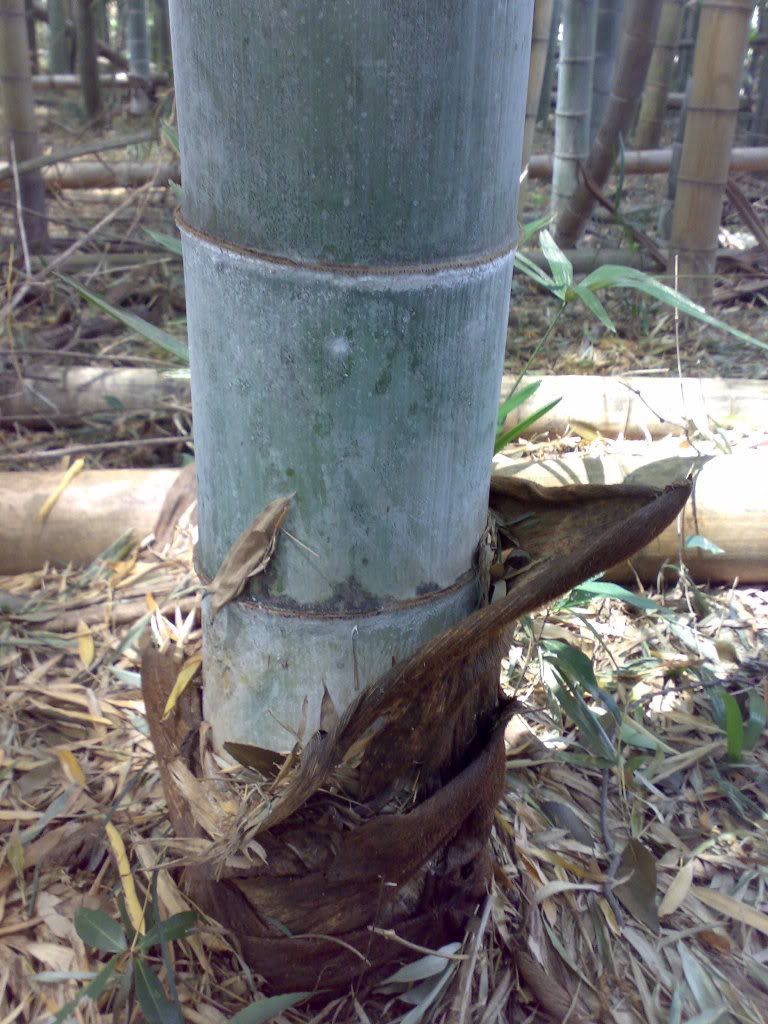
Japanese women are terrified of getting even the slightest amount of sunlight on their skin, so they all wore brimmed-hats even though we were in the shade.
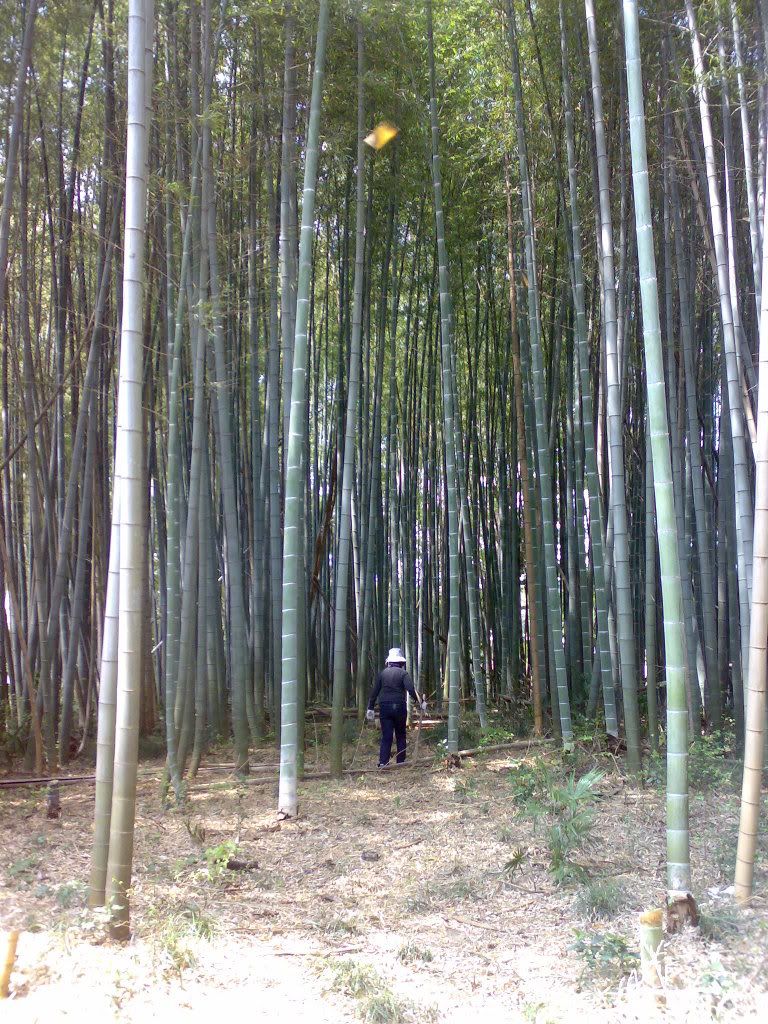
Bamboo being hollow makes for all kinds of hiding places:
In a place where the undergrowth thickened around a small clearing, I pushed my way in and found a tiny shrine to, I assume, the god of the bamboo forest. 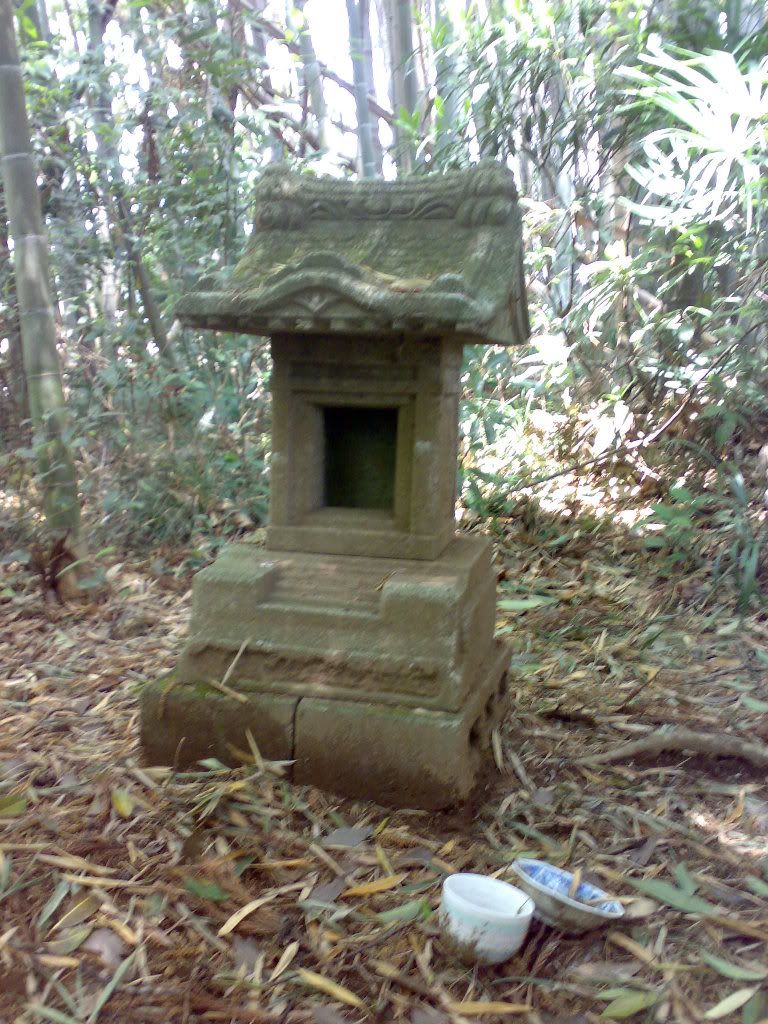 There were a couple of ripe takenoko there, but it seemed sacrilegious to dig them up so I left them to continue growing up into a protective wall:
There were a couple of ripe takenoko there, but it seemed sacrilegious to dig them up so I left them to continue growing up into a protective wall:
In the end, we made an impressive haul:
The others were couples with families, so they filled bags evenly for each. As a single person, I know my limit in how much plant life I can eat, so I picked out one medium sized shoot and bore it proudly home:
First I peeled off the outer husk, and cut into it. There is a fascinating series of chambers inside, like some long, crisp creature’s heart.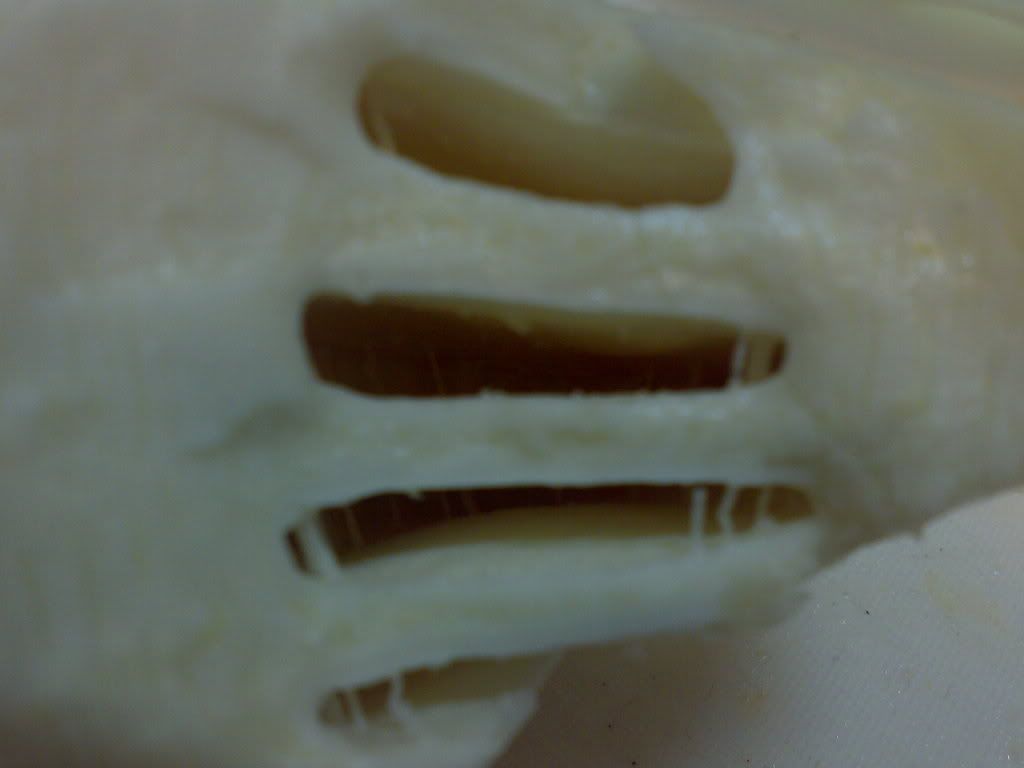
I’m sure if I was Japanese – or even less of a couldn’t-care-less cook – I would have made some effort to cut it in a beautiful way:
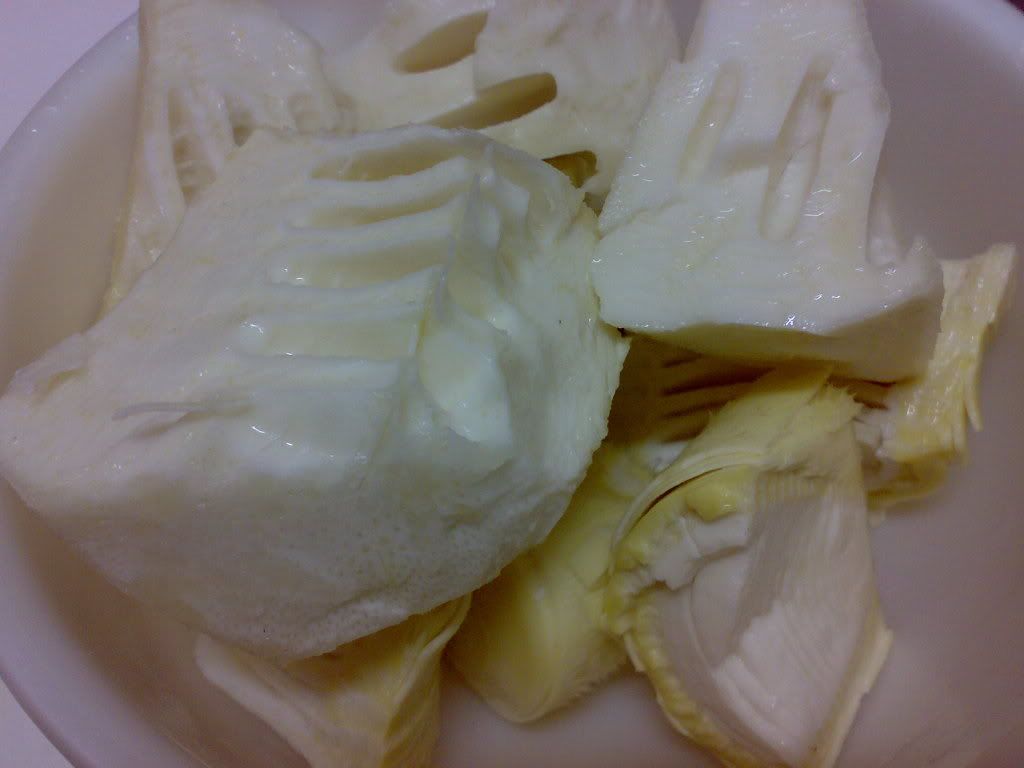
It should be boiled in rice bran to cut the bitterness – needless to say, being not-Japanese, I had none, and so I made do with washing a pot of rice and using the white water leftover to boil them:

Then, following a method we are sometimes served in school lunch, I cut up half of the shoot into bite-sized pieces, and mixed it into the rice in the rice cooker. The epitome of simple but delicious:
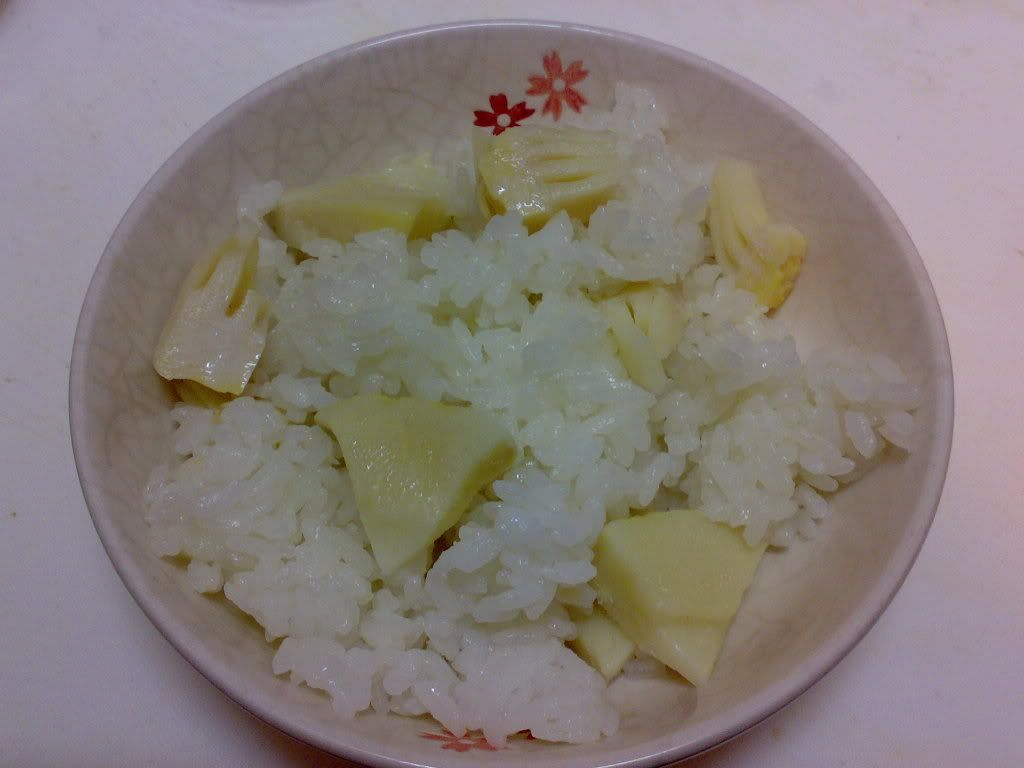
The next day I made a stir fry with takenoko, thin slices of daikon, garlic and soy sauce. It was delicious, but not so pretty.
And that was the great Takenoko Hunting Adventure of 2011! I hope I will be invited again, because how often do you get to do some healthy labor in a beautiful place and get delicious food to boot? I feel like we don’t get our hands dirty on things like this nearly enough in this day and age.
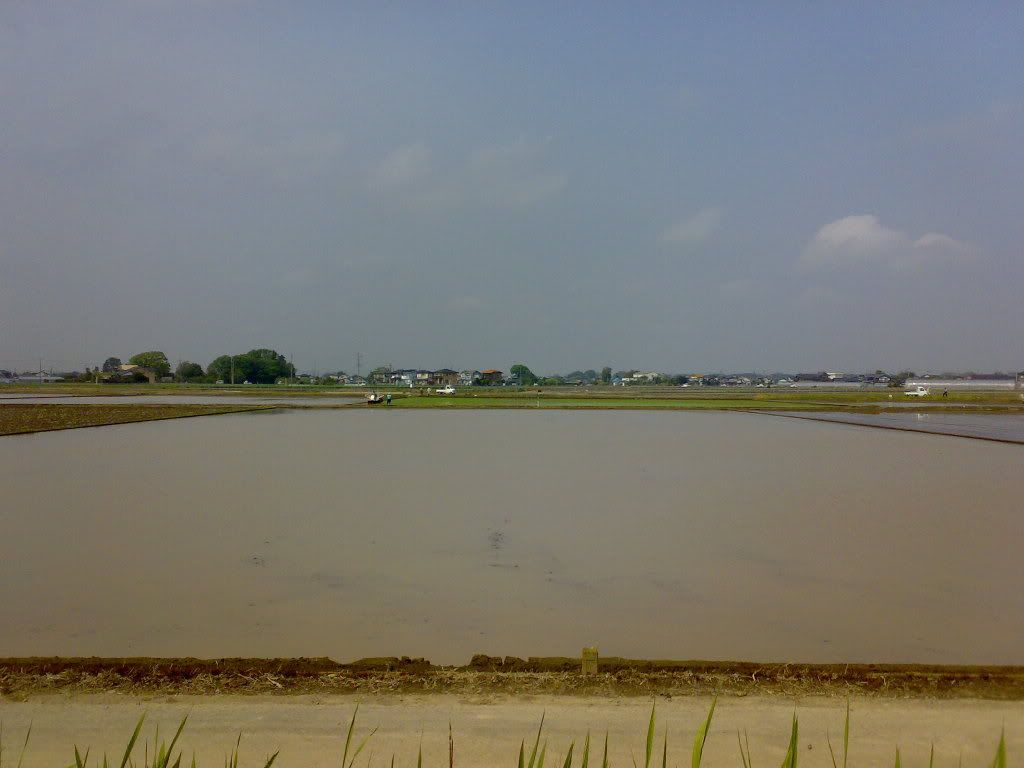

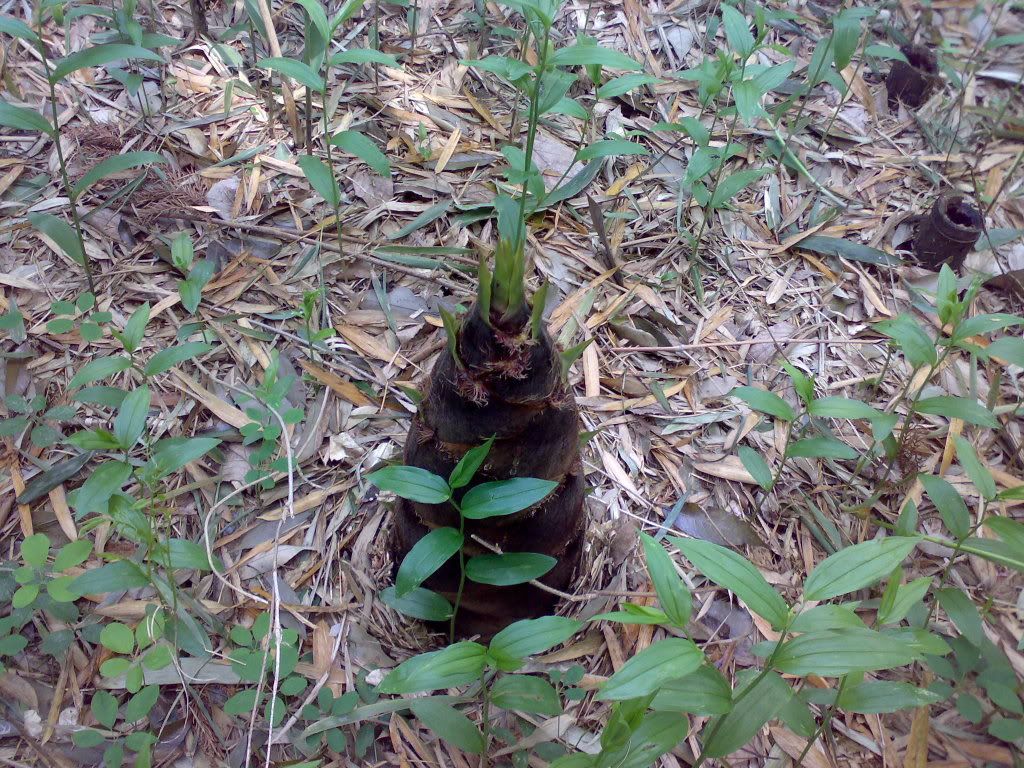
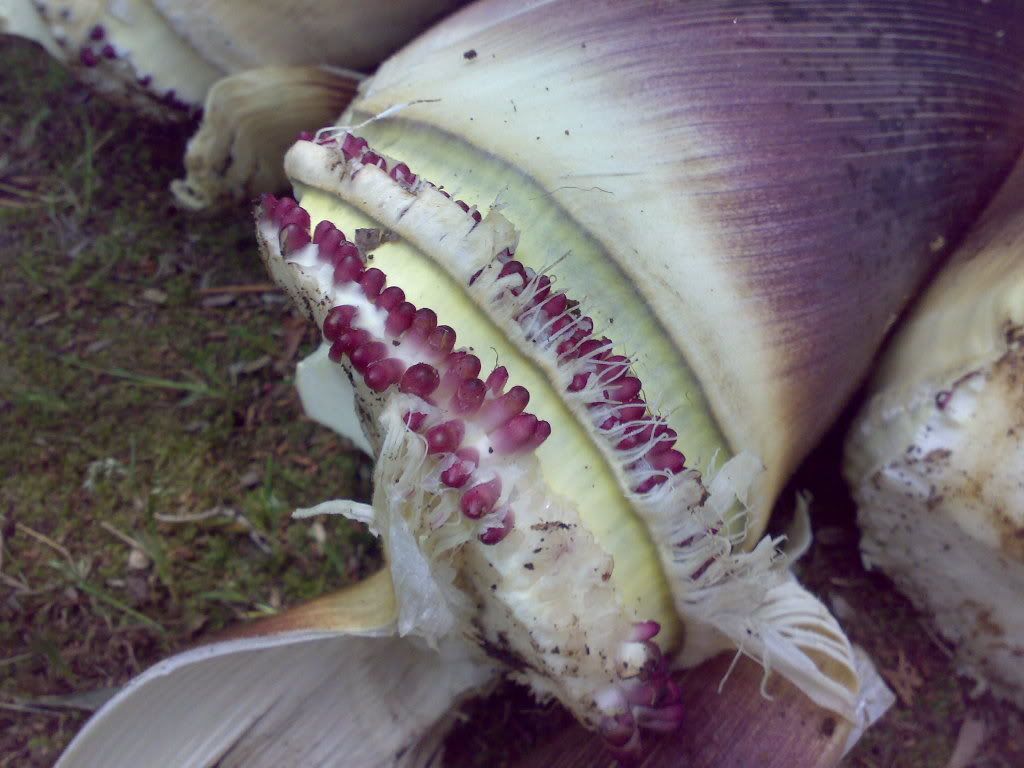
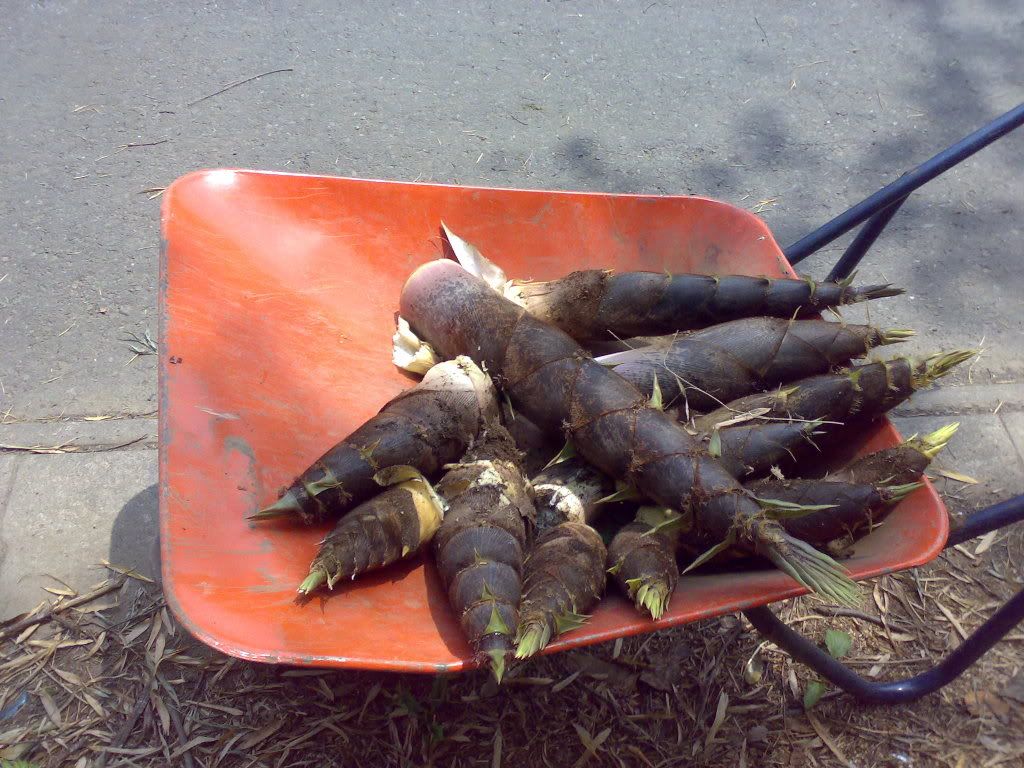
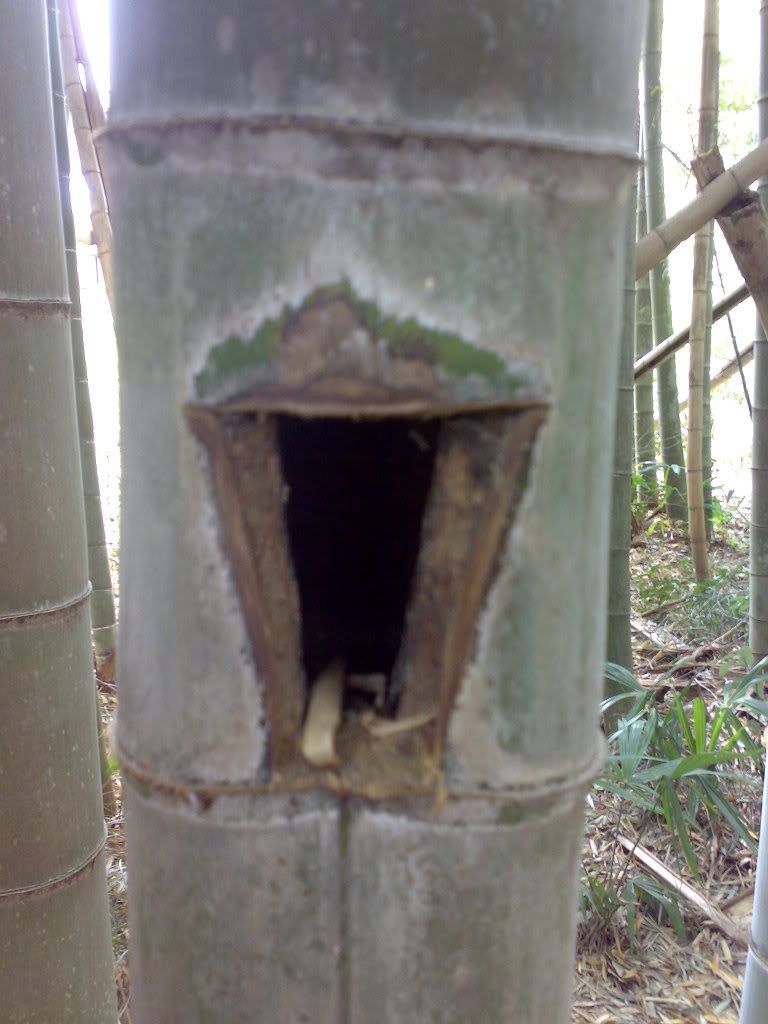
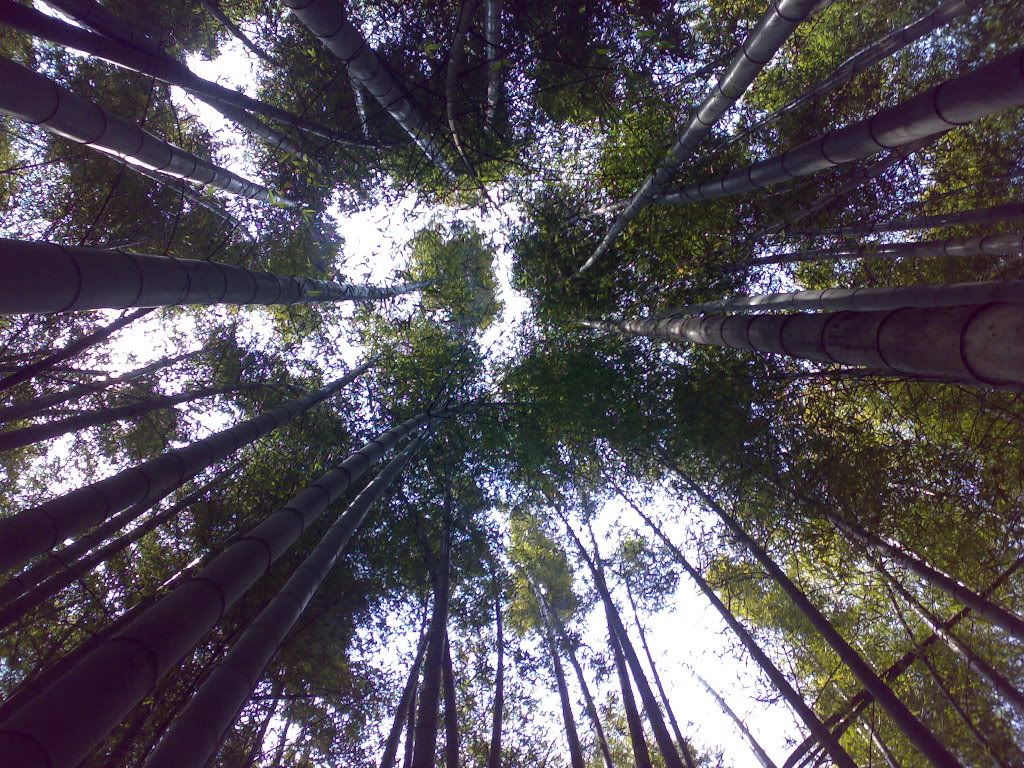
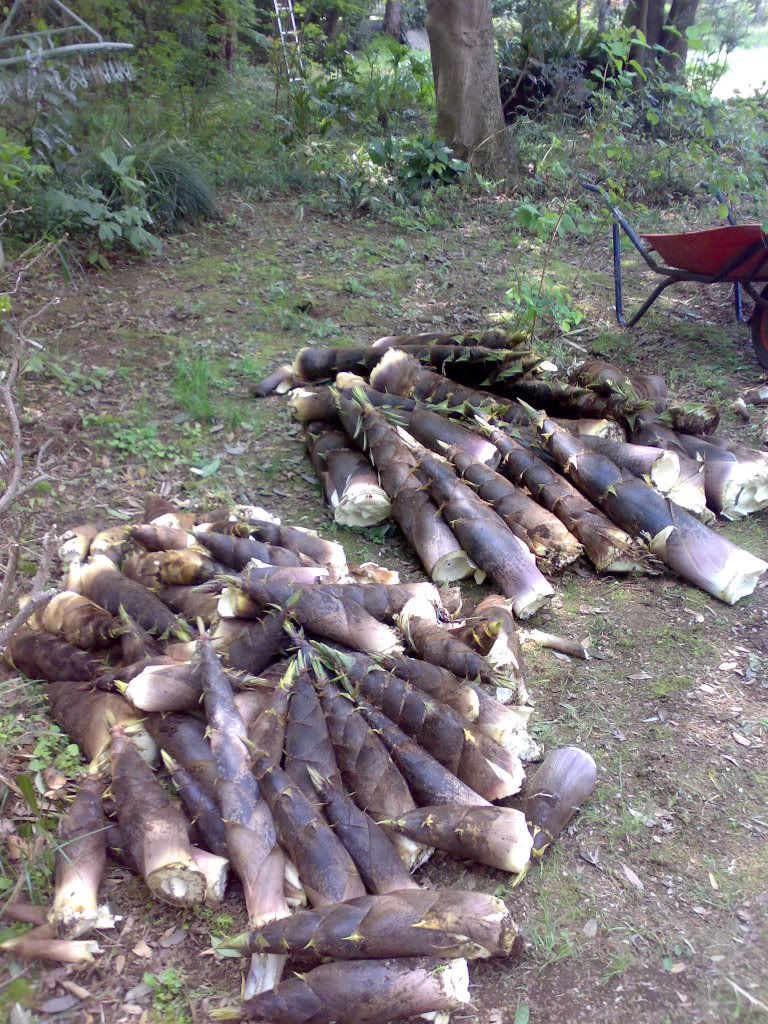

No comments:
Post a Comment